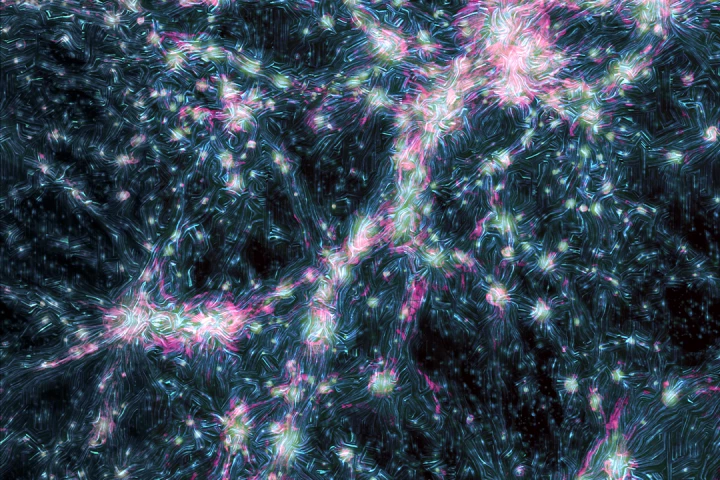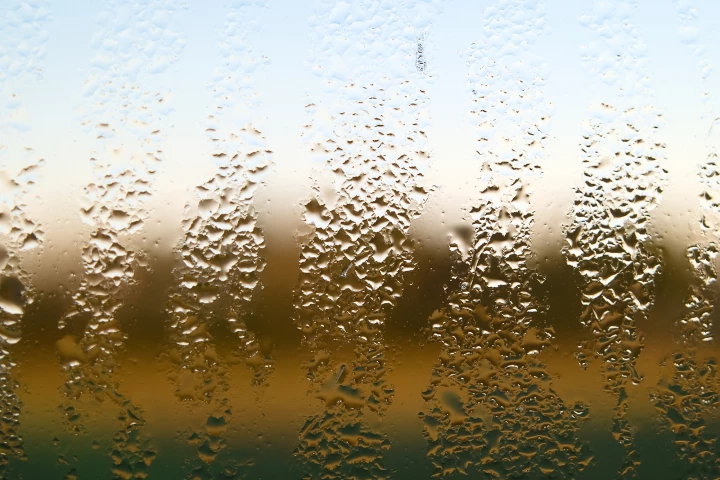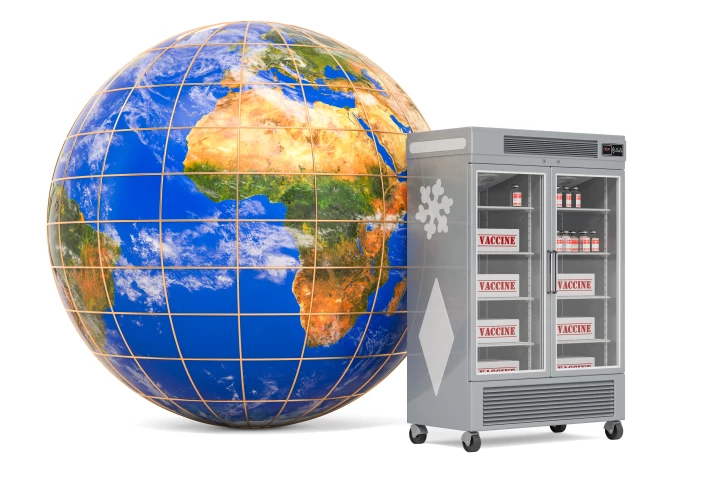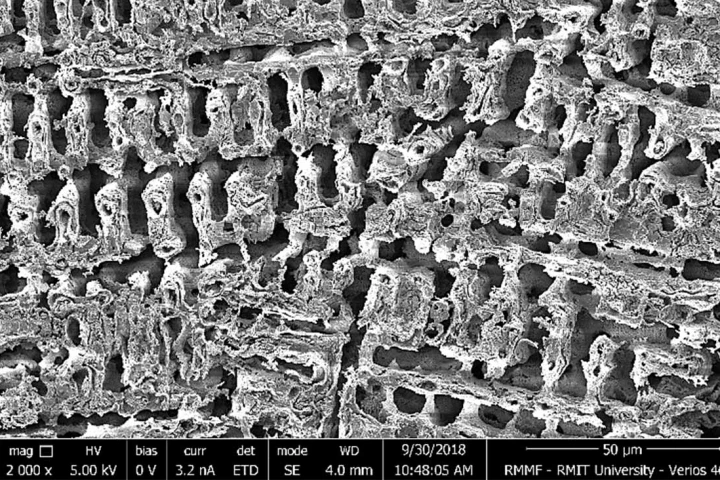CSIRO
-
What do you do if a South American weed is choking up your local Australian waterways? In the case of the cabomba plant, scientists are enlisting the help of the weed's natural South American enemy, the tiny cabomba weevil.
-
If you could zoom way out to look at the universe at its largest scale, you’d see that it’s made up of a colossal cosmic web. Now, astronomers have detected shockwaves moving through this web, providing new insights into large-scale magnetic fields.
-
Models of the universe predict that supernova remnants should be far more common than they are. Now, a new image from sensitive radio telescopes reveal that the missing remnants are hiding in plain sight.
-
The UniWave sea platform is an artificial blowhole that harvests energy from ocean waves. Independent analysis now predicts it'll create some of the cheapest renewable energy on the market – and some of the most reliable and predictable, as well.
-
Australian scientists have discovered strangely folded diamonds in rare meteorite samples. In investigating how they came to form, the team found evidence that they were forged in a cataclysm on an ancient dwarf planet.
-
If you’ve seen the first images from the James Webb Space Telescope this week, you might have heard the term “gravitational lensing” being thrown around. But what does it mean exactly? And how can it help this new telescope make discoveries?
-
Although there's no doubt that marine plastic waste pollution is a major problem, there may be at least a small sliver of hope. According to a new study, plastic trash on Australian beaches has actually decreased by almost a third in recent years.
-
Australian company Strategic Elements says it's made a step-change breakthrough in self-charging battery technology that harvests electrical energy from humidity in the air to directly power devices without ever needing to plug them in.
-
Astronomers have discovered what may be the brightest pulsar in the sky. Despite its intense light the pulsar has long evaded detection, and was only revealed thanks to a telescope equipped with some cosmic “sunglasses.”
-
Astronomers may be a step closer to solving a cosmic mystery known as odd radio circles. New images, captured by the MeerKAT radio telescope, are the clearest and most detailed yet taken, narrowing down the list of suspects as to what creates them.
-
Researchers at Australia’s CSIRO have demonstrated a method for protecting the integrity of vaccines against high temperatures. A proof-of-concept study has shown the method keeps vaccines viable at temperatures up to 37 °C (98 °F) for three months.
-
While copper does kill bacteria on contact, it typically takes at least an hour to do the job thoroughly. Such is not the case with a new type of copper, however, which is said to eradicate almost 100 percent of harmful bacteria in just two minutes.
Load More











